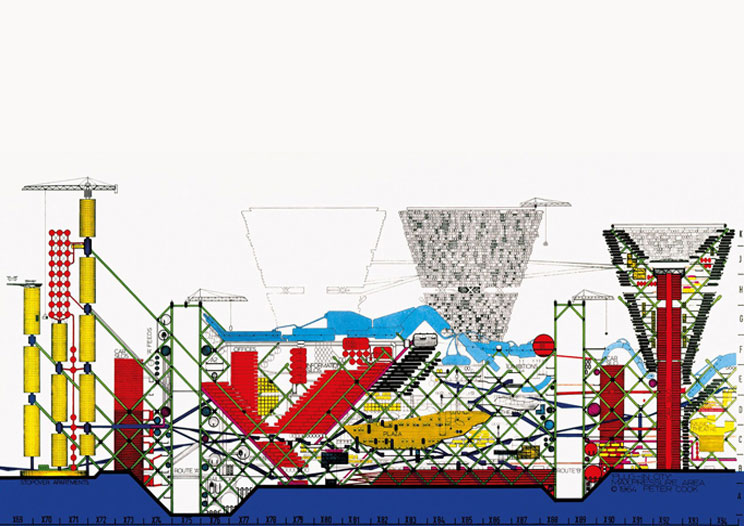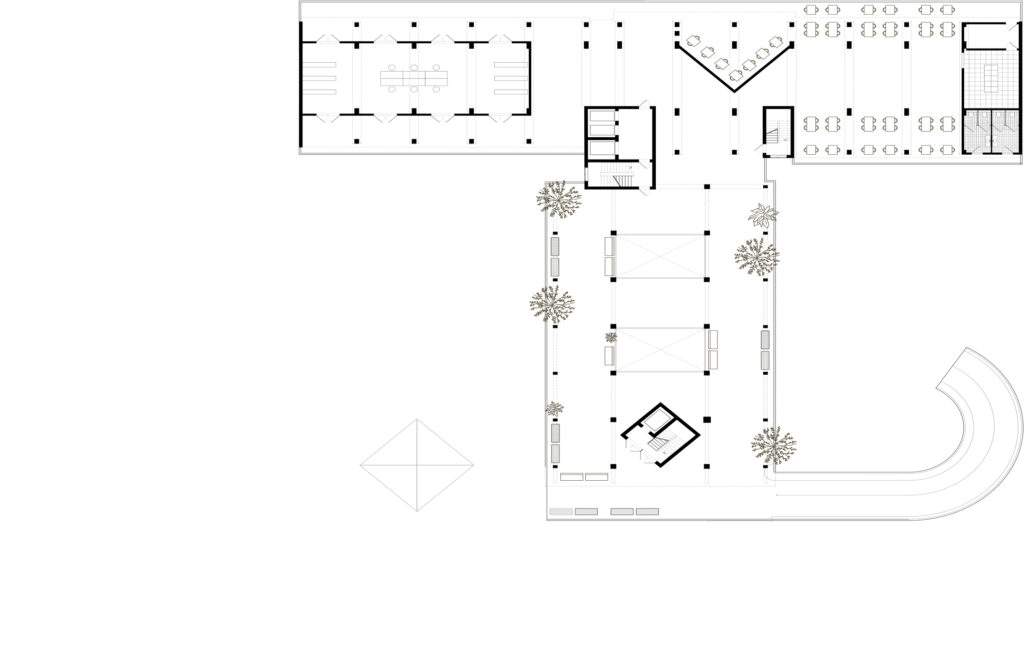THE EMBODIED IMAGE
Isis-Lydia Köger
BEYOND THE CONSCIOUSNESS
The Embodied Image by Juhani Pallasmaa is a comprehensive work that explores the role and significance of images. Image as a synonym for the imaginary/imaginative/imagination.
Understanding these diverse forms of images and their interrelationships allows a richer exploration of how we perceive, interpret and interact with architecture. Images are not only visually but also physically experienced. Embodied, multisensory and synaesthetic images highlight the physical and sensory dimensions of image perception.
Architectural images integrate embodied, multisensory and contextual images which influencing how buildings and spaces are experienced. The images combine the physical and sensory engagement of multisensory stimulations and contextual relevance. The physical presence and movement in space, affect how we perceive and interpret architecture.


BODY
The Embodied Image is experienced through sensory engagement. The “embodied” seeing, where the entire body and senses are involved in the perception process. This involves sight, touch, sound, smell and taste. It connects mental and poetic images with physical experiences. Architectural spaces are experienced through their materiality, haptic and atmosphere. For example, Bruder Klaus Kapelle von Peter Zumthor. The textured walls are angled and burned. Significances of light and shadow, smell of chorale and the ground.
The Multisensory Image engages multiple senses simultaneously, creating an experience that is not only perceived visually. By engaging other senses such as smell, sound, taste and touch. This multisensory perception reaches deeper emotional and physical reactions. It is necessary to consider the role of all senses in the design and interpretation of architecture. Multisensory images are a subset of embodied images, emphasizing the integration of different sensory inputs in architecture to enhance perception and understanding.

MIND
The Mental image serves as the base, evolving into poetic, symbolic and unconscious images. Every individual is shaped by their own cognitive and emotional landscapes. Architects could utilize the awareness of unconscious images to create spaces with specific emotional and psychological impact. Images and architecture can resonate on a subliminal level, triggering deeper insights and experiences.
The Poetic Image evoke emotions or memories, whether through its tactile, associations or symbolic significance. The literal meaning convey deeper emotional and intellectual insights. Poetic images often arise from mental images but are effected by cultural and personal symbolism. Influencing artistic and embodied images.
The Unconscious Image operates below conscious awareness. This can include personal memories, instincts, archetypal symbols and collective cultural meanings. The unconscious in image perception influences mental and poetic images.
SOCIETY AND CULTURE
The Contextual Image is influenced by the specific context in which they are viewed, including cultural, historical and situational factors. This relies on symbolic and mental images providing essential background information for interpreting architecture.
The Temporal Image is a dynamic process and evolve over time. It reflects different meanings or appearances based on context or duration of exposure. Intersects with mental and artistic images, requiring an understanding of change and continuity.
Pop culture influence our perception of architecture and art.
Contextual, temporal, artistic and phenomenological images creating complex experiences, which engage mind and body.
For example, Pop-Art and Archigram in the 1960s. Futuristical architectural visions, reacting to the changing circumstances of life. The context of buildings and art are defined by cultural, historical and environmental factors.



CIRCUMSTANCES
My spatial experiences are subconsciously influenced by the things I learn and experienced previously. For example, the buildings of my childhood. My own Embodied Image is a significant part of how I perceive and design space. Growing up in a green environment, I saw houses in symbiosis with plants and nature. This could inspire me to cooperate plants in my concepts. The experience of growing up in a house from the 1980s, characterized by small windows that let in minimal natural light. This sensitivity to Light and Shadow has inspired me to incorporate large window areas and abundant natural light in my designs. The living and dining rooms formed a single large space with a seamless transition between uses, leading to the concept of a Circulating and Flowing Space.


CIRCULATING SPACE
The concept of circulating open spaces originates from combining living and dining areas in my childhood. The connection to nature is reflected in the incorporation of plants.